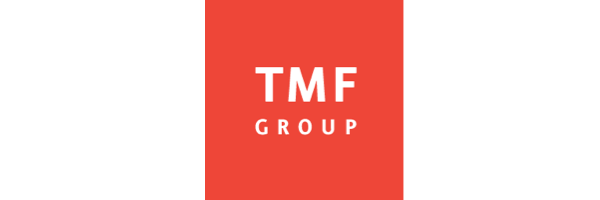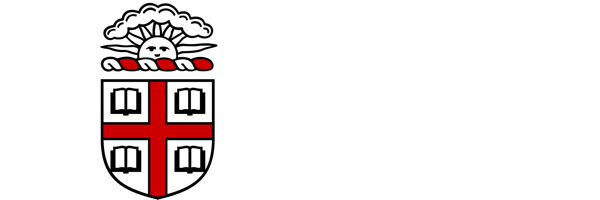Summary:
To mark Mental Health Awareness Month (May), we examine how two UK employers - Nature's Way Foods and the NHS - are using technology to support employee wellbeing through real-time feedback systems and microbreak platforms that deliver measurable improvements in workplace satisfaction and productivity.
Work presents a complex relationship with mental health. On one hand, it can positively impact employee wellbeing when the working environment feels safe, supportive, inclusive, and workloads remain manageable. On the other hand, it can actively harm mental health when these conditions are absent. An estimated 12 billion working days are lost each year to depression and anxiety – although not all of it is work-induced. Nonetheless, these conditions cost the global economy about $1 trillion per annum in reduced productivity, according to the World Health Organization.
Therefore, if for no other reason, it makes sense for employers to look after the health and wellbeing of their workforce – and tech in myriad different forms can be a useful tool to help.
Dealing with sedentary lifestyle risks
Another organization that is using technology to help boost employee wellbeing is the UK's National Health Service (NHS), and its East Sussex Healthcare NHS Trust (ESHT) in particular.
Both have access to a mixed reality platform called Breakthru, which was developed by Founder and Chief Executive Melissa Painter. The platform was integrated into Microsoft Teams during the COVID-19 pandemic, with the aim of reminding remote workers to take microbreaks throughout the working day.
This is important because studies show that a sedentary lifestyle can pose a threat to health, contributing to a range of physical, mental and cognitive issues. These include muscular-skeletal problems and depression.
But the platform helps to ease such issues by enabling users to schedule an hourly microbreak based on one of five moods: Energized, Centered, Joyful, Confident and Breathe. Each category has its own content, which was created by movement experts, and lasts for two minutes. This means the activity is short enough to fit into most people's work schedules but long enough to have a restorative impact.
“This isn't a wishy-washy meditation thing. It's a science-based app that has a proven impact on physical and mental health. It's also Painter's passion project and isn't a money maker as she makes it available for free. It's a well-researched, science-backed labour of love that genuinely helps people.” Tricia Jenkins, Digital Project Manager and chair of ESHT's Women's Network
Although it is available to all NHS employees, awareness is mixed due to a lack of consistent promotion. As a result, Jenkins launched it to ESHT's Women's Network on World Mental Health Day on 10 October 2023, which Painter herself presented to. Jenkins comments:
“We'd been doing a lot of work to ensure employee self-care, especially of clinical staff, so I picked up and ran with it for the Women's Network. We talk a lot about self-care and stress management in the NHS, coupled with the fact it's a female-founded tech company and she's a woman in STEM, so it was a perfect fit.”
Reminders of the importance of self-care
While Jenkins uses the platform herself, she does not always do so "as readily as I should". But she adds:
“I find that just receiving the notification quietens my mind, even if I've not got time to do it. It refocuses me and I become aware how busy my thoughts are as I'm trying to do a million things at once. So, it's still a reminder that I need to stop, breathe, and slow down.”
Another favourite feature is being able to send colleagues a 'card' as a gift "if they're having a crazy day or are struggling". They then simply click on the card, which reminds them to take a microbreak. Jenkins describes:
“The idea is it makes you stop and think about your personal wellness. Sitting is the new smoking, but desk-based people can end up in back-to-back meetings all day and don't move from room to room like they used to, so it's helpful just to get you to stand up.”
“For clinical staff who are on their feet all day, it can also act as a reminder to have a drink and go to the loo. And that's important as one colleague ended up with blood poisoning as they felt they didn't have time.”
The platform also has gamification functionality to encourage teams to take part in challenges. But to really ensure sustainable adoption, Jenkins recommends that managers lead by example:
“If you're a senior person and you'd like to motivate your team to take breaks and ensure they have the self-care they need, you need to demonstrate that behaviour yourself. Leaders set culture from the top down. The risk is that some organizations will just treat it as a tick box exercise, but it requires a genuine commitment to employee wellbeing and to set a minimum expectation for taking breaks.”
Find out how Breakthru can work for your team
Fill in your details to request a meeting oremail us directly at info@breakthru.me for more information.
Breakthru has group functions (meeting and training integrations, setting Team and Company challenges, how managers use the gifting functions, etc), and launch support (comms materials, group onboarding workshops, etc) included in org wide deals.
Breakthru adds new breaks monthly to its large system of breaks, so the content is always growing throughout the year.
Movement based microbreaks protect against the negative health impact of sedentary behavior, prevent repetitive stress injury, and foster proprioception (body awareness).
For support with Breakthru, or questions,
please contact us at: info@breakthru.me
Join the
45,000+
corporations, educational
communities, and non-profits
worldwide using Breakthru.


